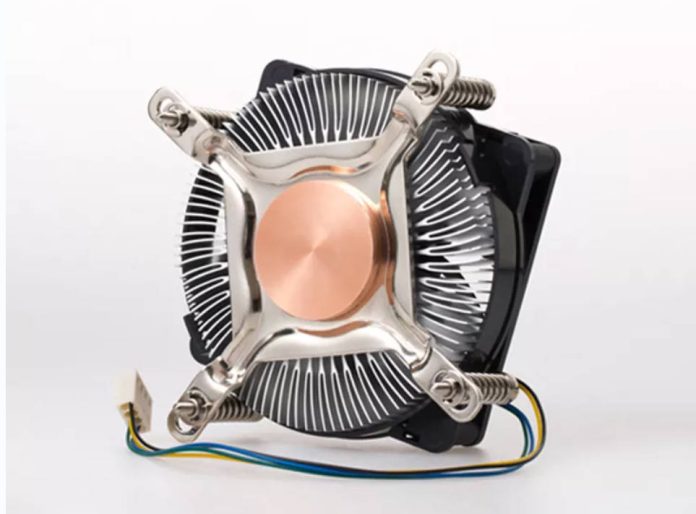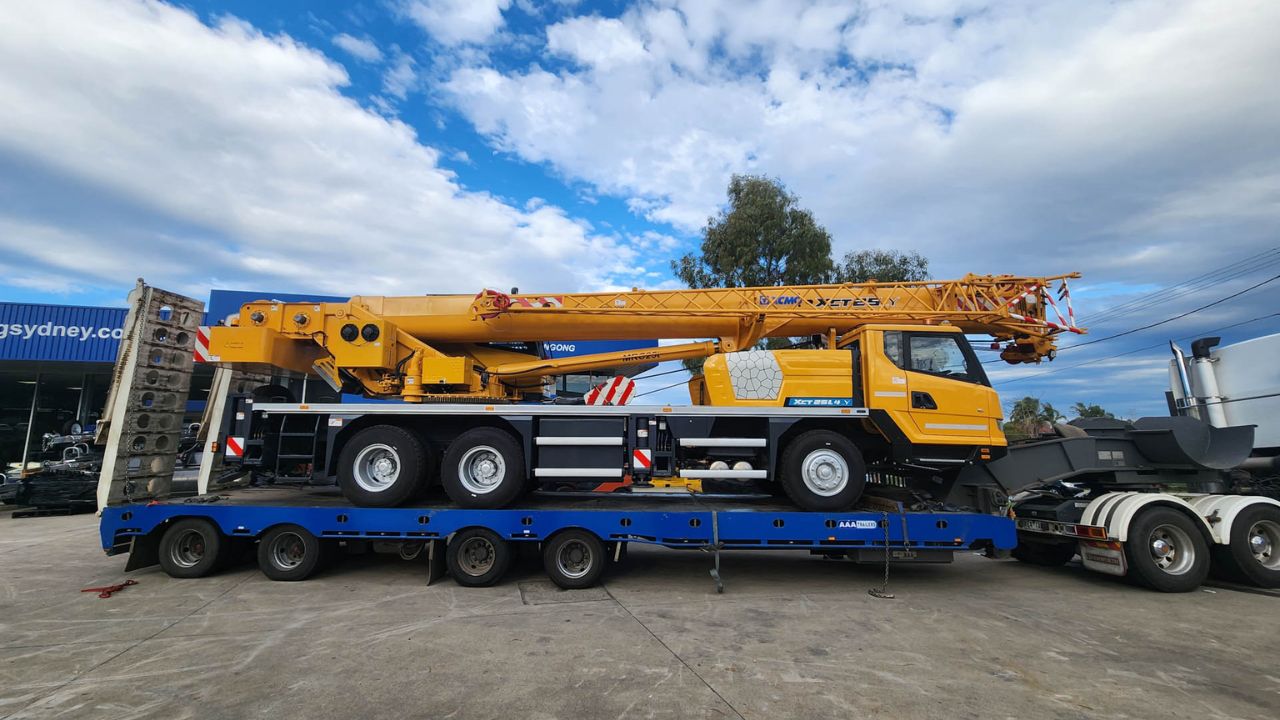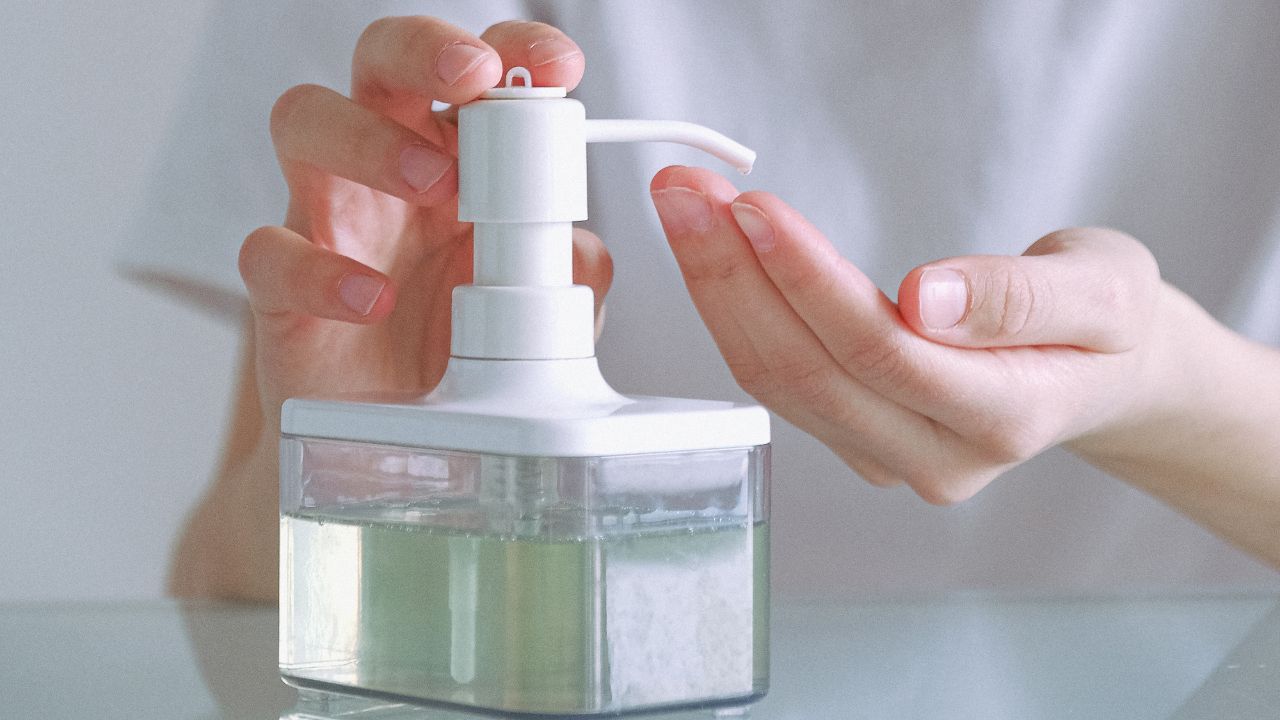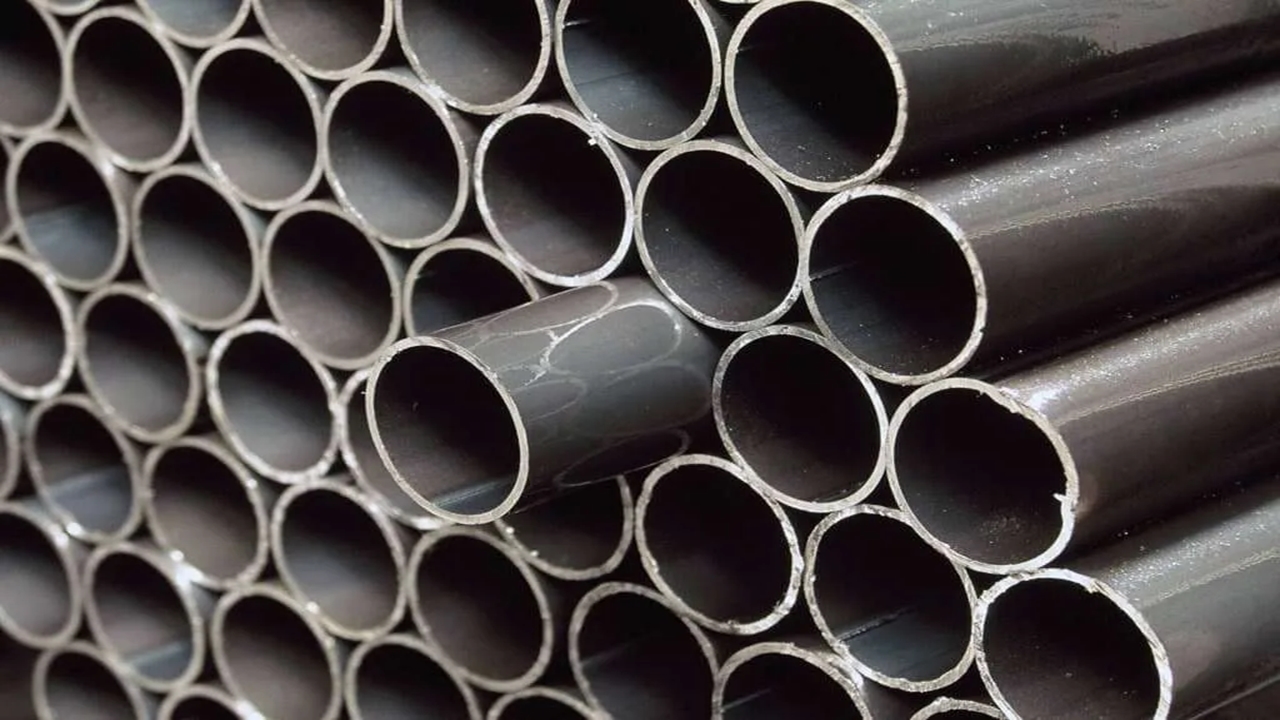Heat pipe CPU coolers have become popular for keeping computer processors cool, especially for high-performance gaming systems and workstations. Although these coolers have many advantages, installing or using them can present common problems for users. When considering purchasing a heat pipe CPU cooler, it’s important to research not only the cooler itself but also the compatibility with your processor socket type and other cooling components in your system, as well as the reputation and quality of the heat sink manufacturers. This article will examine these difficulties and offer suggestions for overcoming them.
Problems with Processor Socket Compatibility
Compatibility with various processor sockets is among the most frequent issues users may encounter when installing a heat pipe CPU cooler. Heat pipe CPU coolers might not work with all the different socket types other processors use.
Before investing in a heat pipe CPU cooler, it is crucial to research to overcome this difficulty. Verify the cooler’s suitability for your processor’s socket type. You can usually find a list of compatible sockets on a manufacturer’s website or seek advice from a computer hardware expert.
Regarding Other Cooling Components’ Compatibility
Compatibility issues with other cooling elements in a user’s computer system can be problematic when using a heat pipe CPU cooler. For instance, a heat pipe CPU cooler might not fit properly or interfere with other components if your system includes a graphics card with a large cooler that occupies a lot of space.
It’s essential to carefully plan your system build and ensure all components can overcome this challenge. Choose a heat pipe CPU cooler that will fit comfortably inside your system without interfering with other cooling elements, such as graphics card coolers or case fans, by considering the size and placement of those components.
Installation Issues
A heat pipe CPU cooler can be more challenging to install than a conventional air-cooled CPU cooler. This can be intimidating for some users, especially those new to building computers or working with hardware.
It’s advisable to take your time and pay close attention to the installation instructions to get past this difficulty. To help you through the installation process, many heat pipe CPU coolers include thorough instructions or even installation videos. A computer hardware expert may also help you, especially if you are unsure about any part of the installation procedure.
Overheating Problems
Despite the fact that heat pipe CPU coolers are made to prevent overheating, users occasionally still report overheating problems. Issues like poor installation, insufficient airflow inside the computer case, or a broken cooler might bring this on.
It’s crucial to troubleshoot the problem and pinpoint the underlying cause of the overheating if you want to overcome this obstacle. Ensure the cooler is installed correctly and enough airflow is inside the case. To help dissipate heat more efficiently, you might consider using additional cooling components like case fans or liquid cooling systems.
Noise Levels
Lastly, some users might discover that heat pipe CPU coolers make more noise than they would like, primarily when operating at high speeds. Users who need a quiet workspace or who use their computer for audio or video production may find this annoying.
You might want to consider using a heat pipe CPU cooler with a bigger heatsink or a more effective fan design to solve this problem. You can modify the fan speed settings to lower the noise level while preserving adequate cooling performance.
Summing it up
In conclusion, even though heat pipe CPU coolers have many advantages, such as better cooling effectiveness and longer system lifespan, users might run into typical problems when setting them up and using them. Users can ensure that their heat pipe CPU cooler functions effectively and efficiently by being aware of these difficulties and taking action to overcome them. There are ways to get around these difficulties, including checking for compatibility, organizing system builds, following installation guidelines, troubleshooting overheating problems, and modifying fan settings. By doing this, users can take advantage of a high-performance heat pipe CPU cooler without dealing with annoying issues.













